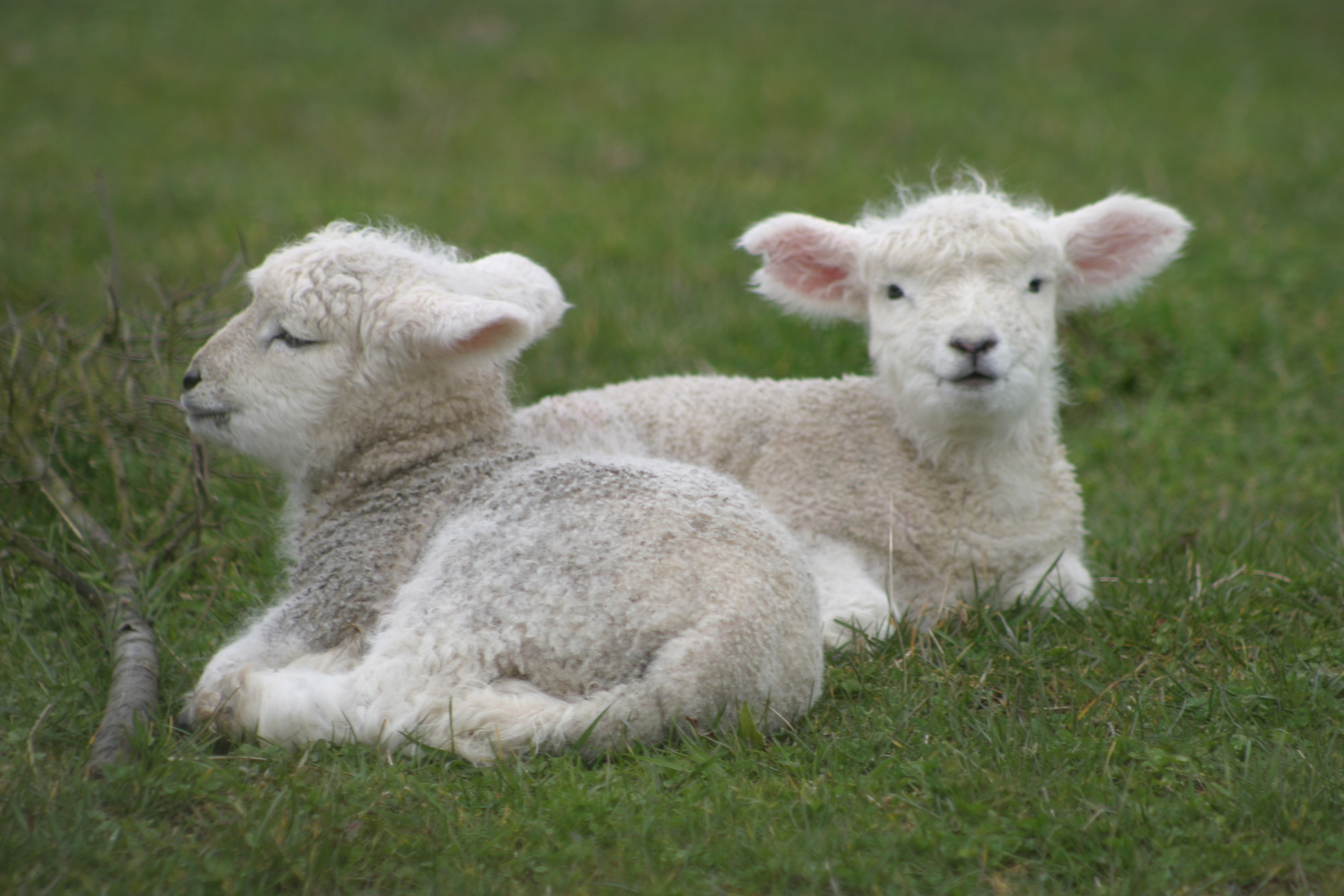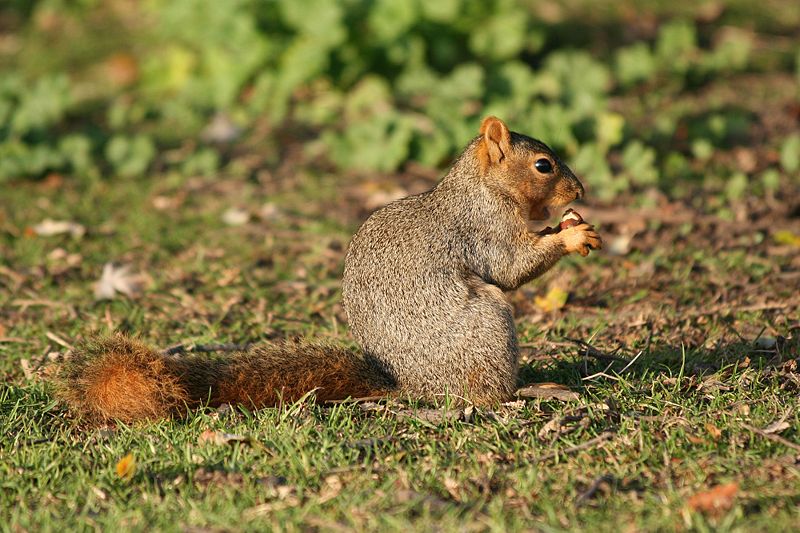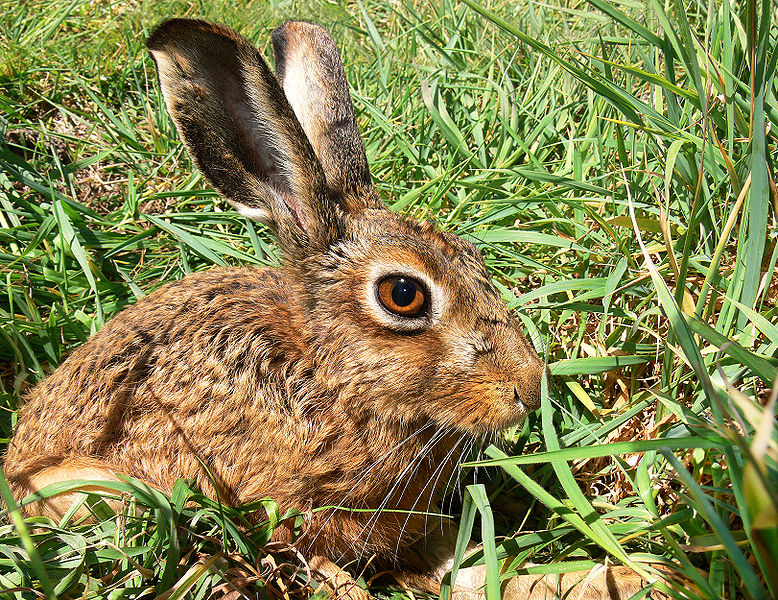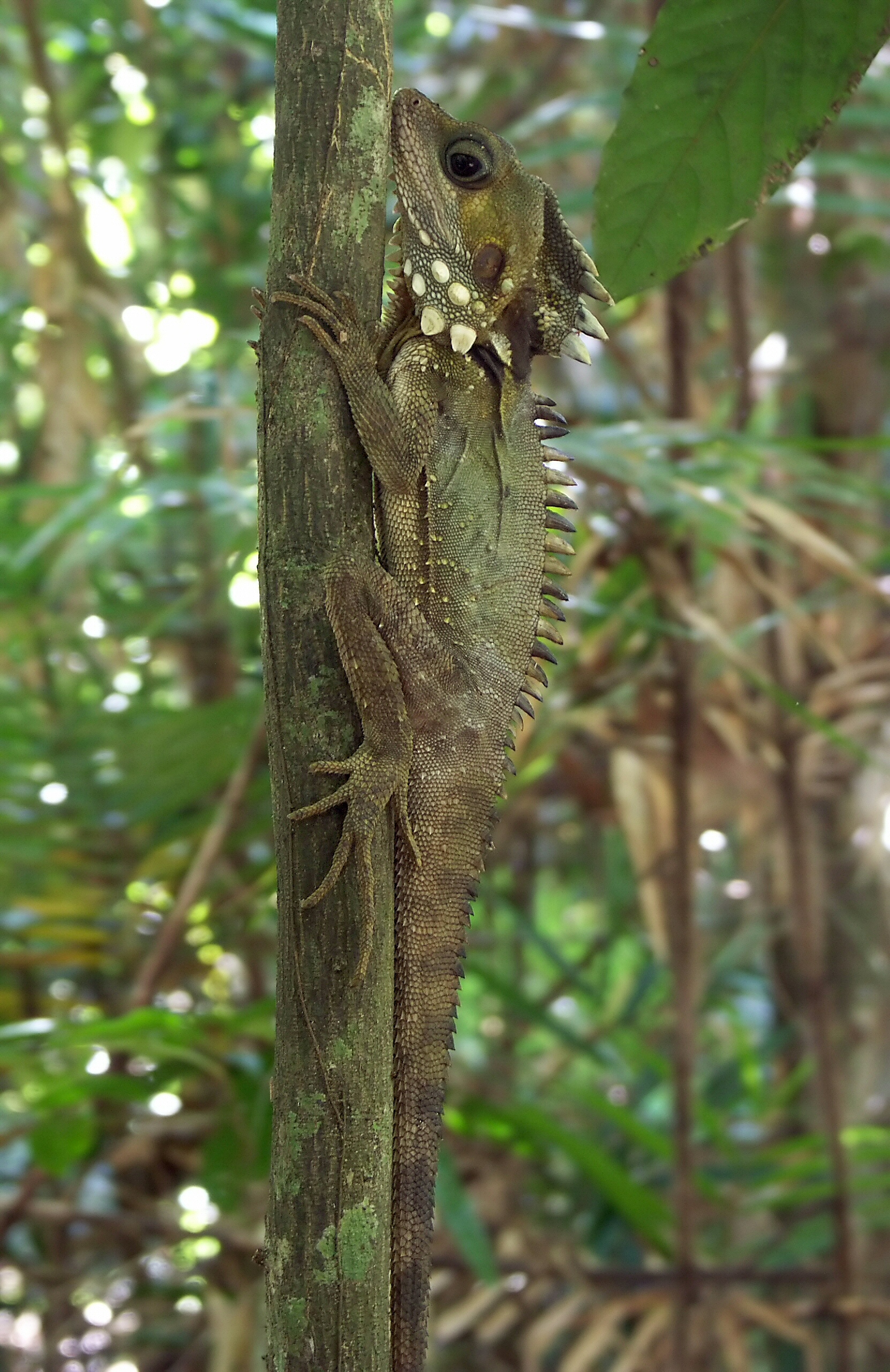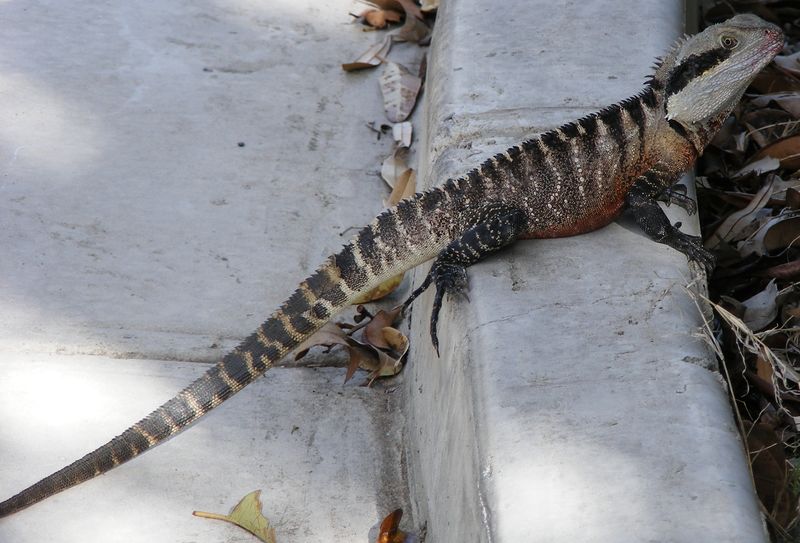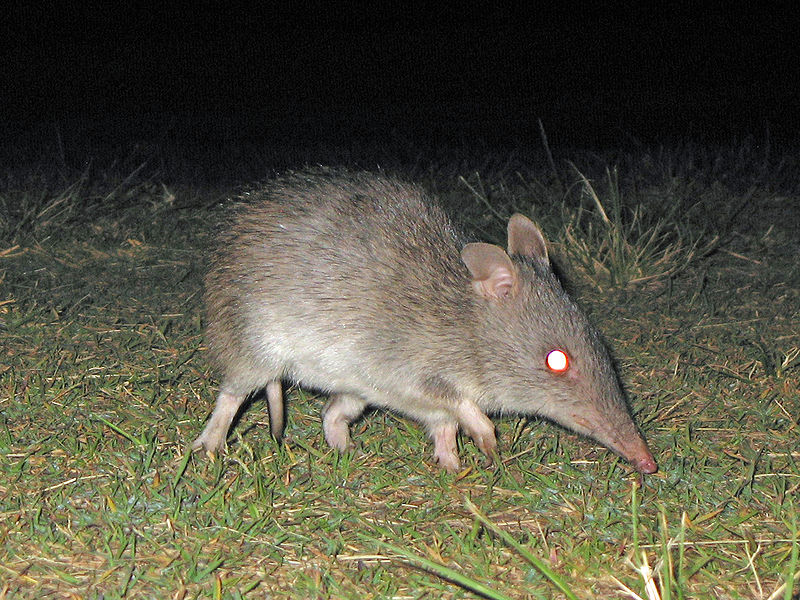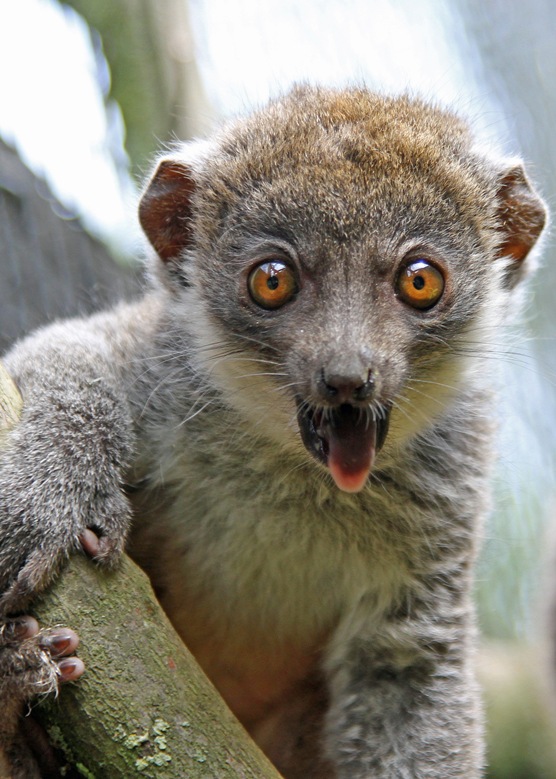
Great news – it is Lemur Tuesday! I am assuming everyone loves learning about these cute little primates as much as I enjoy writing about them. We will all need to meet up in Madagascar one day to actually study them. You in? In the meantime, we are going to use our imagination to pretend we are wandering the dry, deciduous forests of Madagascar looking for the nifty, little Mongoose Lemur. Chances are you will need to be looking up as these Lemurs tend to spend much of their time swinging around the trees. So grab your boots and your hat and let’s go for an imaginary trip to Madagascar…unless you are actually there right now, then please feel free to go out and tell me all about your adventure.
Important Ecosystem Role
Like other Lemurs, the Mongoose species has a preference for fruit, however, they are willing to eat flowers, nectar and leaves but let’s face it, the fruit probably tastes the best out of those choices. As a result of their diet, the Mongoose Lemur plays an important part of the ecosystem as they are responsible for dispersion the seeds of the fruit they feast on.

Shift Work
Unlike other Lemurs, this particular one switches up their behaviour depending on the season. During the rainy season they tend to be diurnal, hanging out during the day; however, as the hotter, dry season rolls around they switch up. I guess it makes sense to spend most of the hot days hiding out in the shade, trying to keep cool. I guess it is sort of like shift work but on a larger scale. It makes me wonder how their body gets adapts so easily. I stayed up pretty late this past weekend and I am still paying for it.
The Bearded Mongoose
You may notice that the Mongoose Lemur has either a red beard or white beard. This is a handy, dandy way to tell whether or not you are staring at an adult male or female. Although, both sexes are born with a white beard, the males develop a red beard with red cheeks. As well, the males tend to have a lighter face than their female counterparts. Provided the Mongoose Lemur you spot is older than 6 weeks, it should be fairly easy to distinguish if their sex. Unless of course it is during the dry season and you can’t actually see their face due to the darkness.

